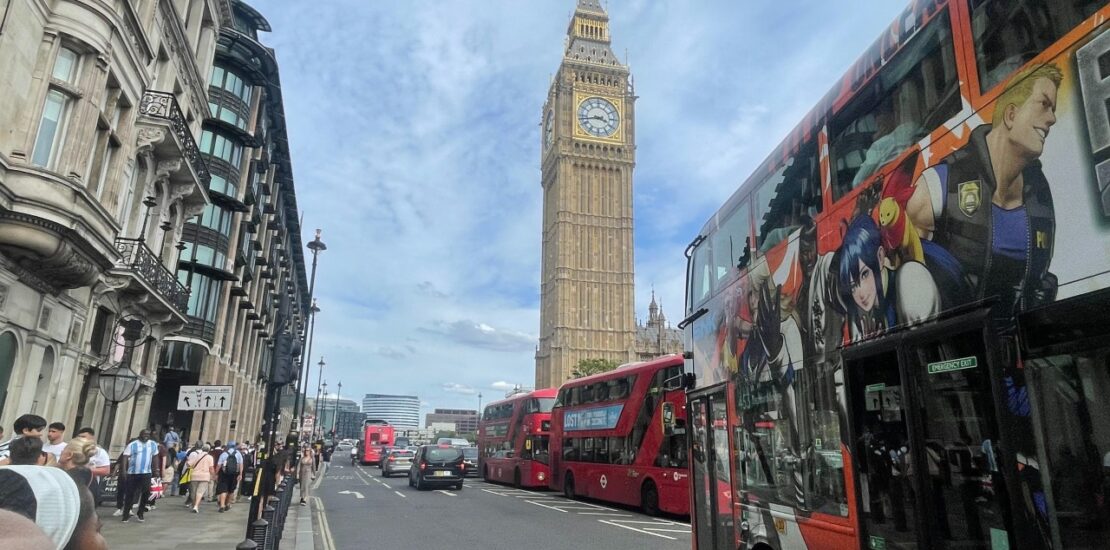- August 21, 2025
- Posted by: lutherpendragon
- Categories: insight, news

If you’ve scrolled through X recently, chances are you’ve seen it: a politician striding purposefully toward the camera, delivering punchy narrative on the latest political issue. The Times has dubbed it the “Westminster walk-and-talk” – and it’s fast becoming a staple of modern political comms.
Shadow Justice Secretary Robert Jenrick is one of the trendsetters of the pavement pitch, with some of his videos racking up over 15 million views and wider media amplification. Several others in Westminster, including Kemi Badenoch, Ed Miliband and James Cleverly have also adopted the tactic. Even across the pond, New York mayoral candidate Zohran Mamdani has used walk-and-talks to help catapult him from relative obscurity to race frontrunner.
What makes this approach so effective? Firstly, these videos are algorithmic gold – they are short, dynamic, and visually engaging. Video content tends to outperform other formats by a wide margin – according to LinkedIn, users are 20x more likely to share video content than any other post type. The channel’s recent report, The Art and Science of Video Storytelling, highlights why: videos capture attention through motion, quickly convey emotion, and deliver a message in a format that’s easy to digest and share.
The most effective videos lean into authenticity. The direct-to-camera videos feel native and personal, building trust with the viewer – especially when the messenger feels credible. This is reflected in a 34% higher engagement rate when compared to average B2B video content. Relaxed delivery, relatable backdrops, and human-interest storytelling also play a key role.
At Luther Studio, we combine creative production with behavioural science insights to ensure your content doesn’t just look good, but lands.
To find out more about how we can help you, please get in touch at studio@luther.co.uk
